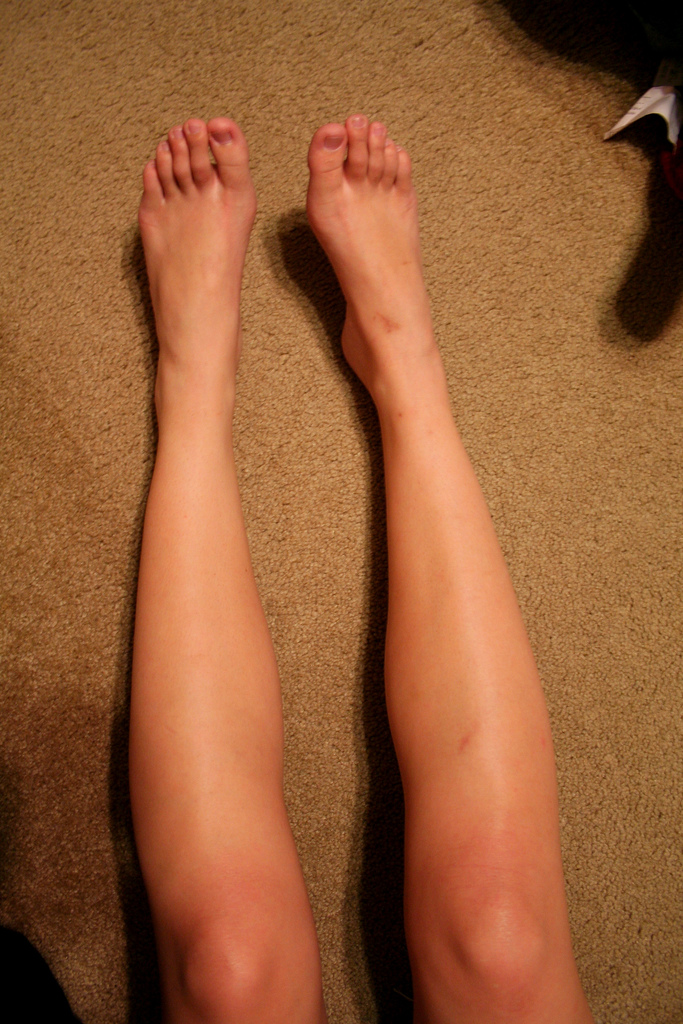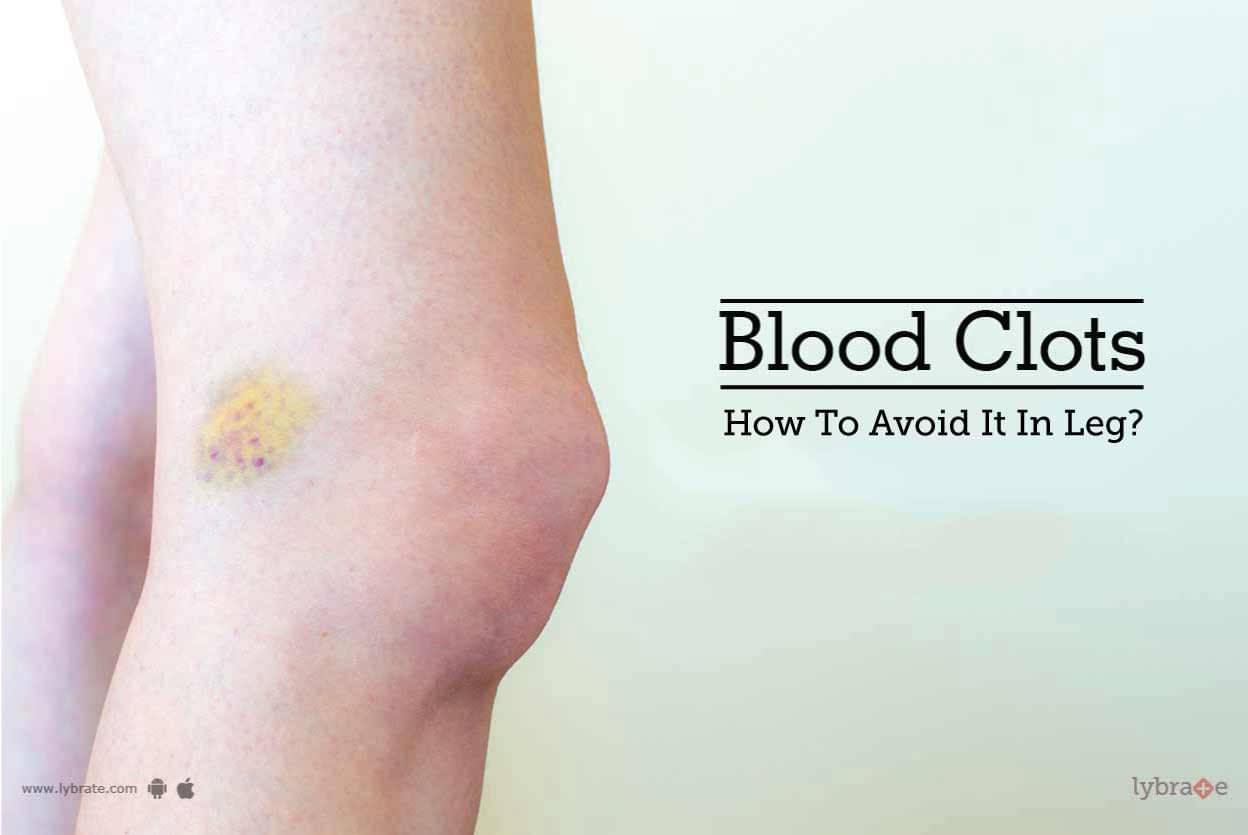

They will talk to you about what has happened recently and will likely order an ultrasound or a CT scan to view the clot. If you think you may have a blood clot, it’s important to see a doctor right away. It’s more likely to be a clot if you have these symptoms in just one arm or leg.īlood clot in the stomach: Symptoms include severe pain and swelling. If you think you may have a pulmonary embolism, go to the nearest emergency department or call triple zero (000) and ask for an ambulance.īlood clot in the leg or arm: The most common signs of a blood clot are swelling, tenderness, redness and a warm feeling around the area of the clot.

Symptoms include shortness of breath, chest pain, coughing up blood, sweating, rapid heartbeat, feeling dizzy and clammy skin. If you have any of these symptoms, or if they get worse quickly or last longer than 10 minutes, call triple zero (000) and ask for an ambulance.īlood clot in the lungs: If the blood clot travels to your lungs, it’s called a pulmonary embolism.

The symptoms of a heart attack can include chest pain (as though your chest is being pressed or squeezed by a heavy object), shortness of breath, feeling weak and light-headed, nausea, a cold sweat, and feeling anxious. If you or someone else experiences the signs of stroke, no matter how long they last, call triple zero (000) immediately and ask for an ambulance.īlood clot in the heart: A blood clot in the heart leads to a heart attack. The symptoms of a stroke include weakness or drooping in the face, arm or leg, difficulty speaking or understanding, dizziness, blurred vision, severe headache and difficulty swallowing. Sometimes there are no symptoms.īlood clot in the brain: A blood clot in the brain is called a stroke. The most common symptom is pain and swelling in the affected area, usually your calf or thigh. They mostly occur in the legs, but you can get a DVT anywhere in your body. What are the types of blood clot and their symptoms?ĭeep vein thrombosis (DVT): A DVT develops when a blood clot forms in one of the veins deep inside your body. you are taking some kinds of birth control pill.Other factors that increase the risk of a blood clot include: you have a blood disorder or other condition that makes clotting more likely.you aren’t moving due to an injury, especially a leg injury.you aren’t moving because you have had surgery.you don’t move around for a long period of time (for example, if you are on a long-haul flight).You are more likely to develop a blood clot if: Usually a combination of things leads to a blood clot. If you think you may have a blood clot, see your doctor as soon as possible. They can lead to a stroke, heart attack or pulmonary embolism. Blood clotting becomes a problem when it blocks your blood from flowing properly.īlood clots can be fatal if they aren’t treated. Your blood naturally clots so you don’t lose too much blood if you are injured. The medical name for a blood clot is a ‘venous thromboembolism’.
#BLOT CLOT IN LEG SKIN#
#BLOT CLOT IN LEG HOW TO#
This can be life threatening, so it’s important to know how to recognise a blood clot.

Most blood clots won’t harm you, but there is a risk they will move through your body and affect your heart, lungs or brain. Thousands of Australians develop a blood clot in their veins. If you're experiencing any symptoms following a COVID-19 vaccination, you can use the COVID-19 Vaccine Side Effect Checker. The AstraZeneca COVID-19 vaccine has been linked to a very rare blood-clotting disorder called 'thrombosis with thrombocytopenia syndrome’ (TTS).


 0 kommentar(er)
0 kommentar(er)
